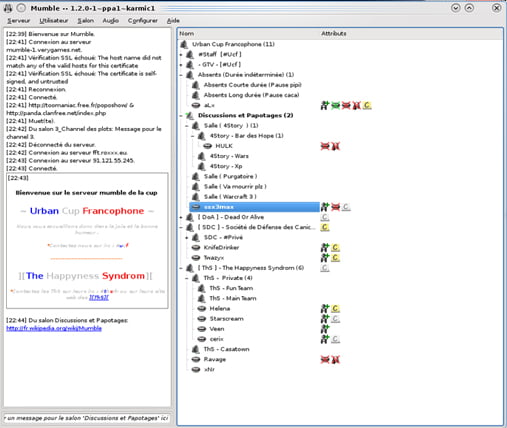

When the client requests an access token, the Microsoft identity platform also returns some metadata about the access token for the consumption of the application. Tokens that a Microsoft API receives might not always be a JWT that can be decoded.Ĭlients should use the token response data that's returned with the access token for details on what's inside it. For validation and debugging purposes only, developers can decode JWTs using a site like jwt.ms. The contents of the token are intended only for the API, which means that access tokens must be treated as opaque strings. These proprietary formats that can't be validated might be encrypted tokens, JWTs, or special JWT-like. Microsoft-developed APIs like Microsoft Graph or APIs in Azure have other proprietary token formats. The format of the access token can depend on the configuration of the API that accepts it.Ĭustom APIs registered by developers on the Microsoft identity platform can choose from two different formats of JSON Web Tokens (JWTs) called v1.0 and v2.0. Some identity providers (IDPs) use GUIDs and others use encrypted blobs. Per the OAuth specification, access tokens are opaque strings without a set format. Web APIs use access tokens to perform authentication and authorization. For more information, see " Caching your GitHub credentials in Git.Access tokens enable clients to securely call protected web APIs. You can also store the token in a plain text file that Git can read before every request. Git will temporarily store your credentials in memory until an expiry interval has passed. Instead of manually entering your personal access token for every HTTPS Git operation, you can cache your personal access token with a Git client.
MUMBLE ACCESS TOKEN UPDATE
You can update your credentials in the Keychain to replace your old password with the token. If you are not prompted for your username and password, your credentials may be cached on your computer. If your repository uses an SSH remote URL, you will need to switch the remote from SSH to HTTPS. Personal access tokens can only be used for HTTPS Git operations. Once you have a token, you can enter it instead of your password when performing Git operations over HTTPS.įor example, on the command line you would enter the following: $ git clone Username: YOUR_USERNAME Using a personal access token on the command line # Optionally, to copy the new token to your clipboard, click.

For more information, see " Scopes for OAuth Apps". A token with no assigned scopes can only access public information. To use your token to access repositories from the command line, select repo. Select the scopes you'd like to grant this token. To give your token an expiration, select Expiration, then choose a default option or click Custom to enter a date. In the "Note" field, give your token a descriptive name. In the left sidebar, click Personal access tokens. In the left sidebar, click Developer settings. In the upper-right corner of any page, click your profile photo, then click Settings. For more information, see " About creating GitHub Apps." Creating a personal access token # To access resources on behalf of an organization, or for long-lived integrations, you should use a GitHub App. Personal access tokens are intended to access GitHub resources on behalf of yourself. Personal access tokens are an alternative to using passwords for authentication to GitHub Enterprise Server when using the GitHub API or the command line. For more information, see " Keeping your personal access tokens secure." About personal access tokens # Warning: Treat your access tokens like passwords.


 0 kommentar(er)
0 kommentar(er)
